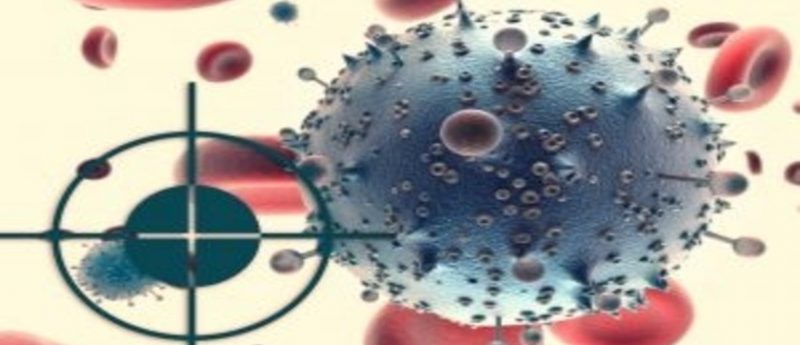‘Buckybombs’: nanoscale explosives to kill cancer

Scientists from the University of Southern California (CA,USA) have successfully transformed buckyballs – soccer ball-shaped spheres of 60 joined carbon atoms – into ‘buckybombs’. The discovery, published in The Journal of Physical Chemistry, could increase the efficacy of cancer treatment efficiency, while minimizing its impact on other tissues.
The study team attached 12 nitrous oxide molecules to a single buckyball and then heated it. In a controlled explosion, the buckyball fragmented within picoseconds, with the carbon bonds breaking apart. The explosive ‘buckybombs’ exhibit great potential for killing cancer cells at the cellular level by triggering miniature explosions, while leaving surrounding tissue unharmed.
In current nanoscale cancer treatments, carbon nanotubes that can accumulate in cancer cells are heated up by a laser that targets the nanotubes alone. By altering carbon nanotubes in the same way as buckybombs, current cancer treatments could be made more effective.
Oleg V Prezhdo of the University of Southern California commented: “Future applications would probably use other types of carbon structures – such as carbon nanotubes, but we started with buckyballs because they’re very stable and a lot is known about them.”
Prezhdo’s research collaboration included co-corresponding author Vitaly V Chaban, who now works at the Universidade Federal de São Paulo in Brazil with fellow co-corresponding author Eudes Eterno Fileti. Their novel discovery encourages the application of ‘smart’ materials within cancer research and could inspire future research into buckybombs for the enhancement of current nanomedical treatments.
Source: Chaban VV, Fileti EE and Prezhdo OV. Buckybomb: Reactive Molecular Dynamics Simulation. The Journal of Physical Chemistry Letters 6(5): 913–917 (2015); University of Southern California press release



